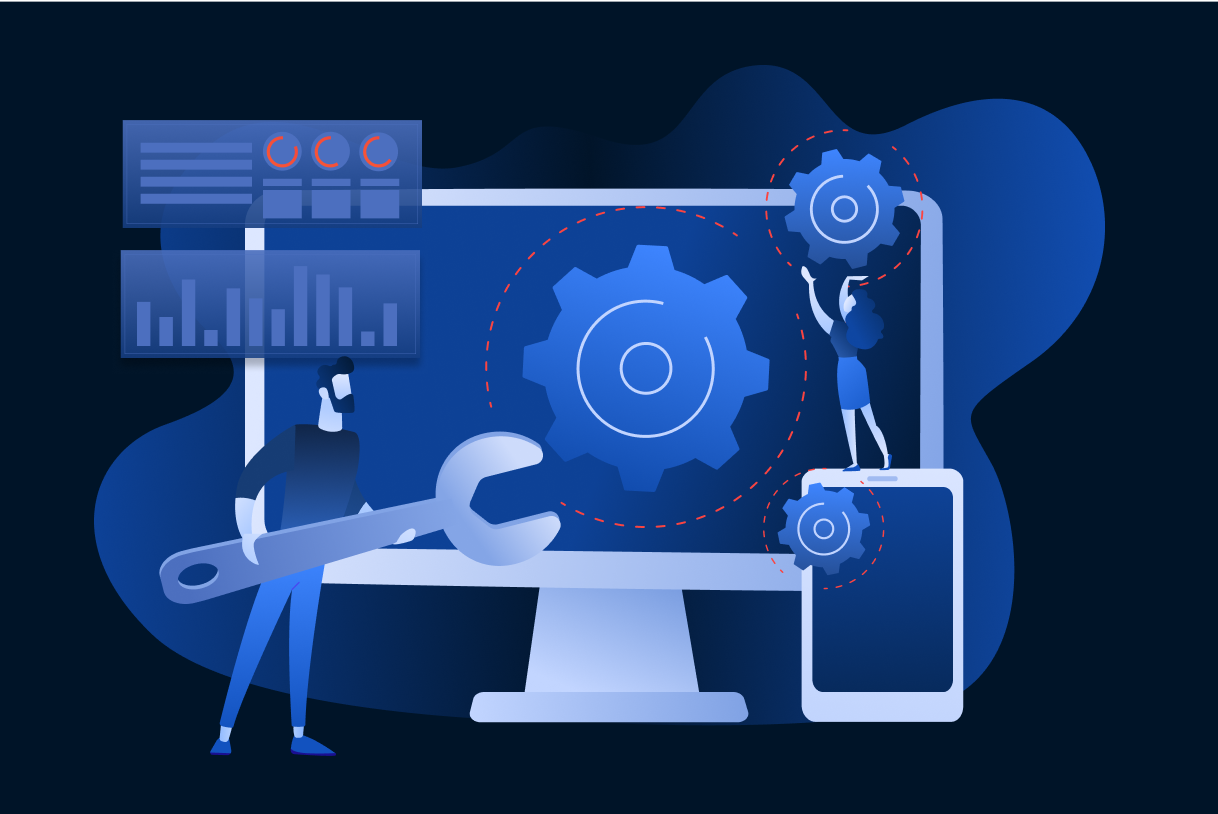Let’s not beat around the bush. Custom software development doesn’t come cheap.
Fortunately, there are questions you can ask to ensure you don’t waste money on software development.
But how much should you budget in the first place? You’ll encounter various pricing models on your journey to determining the upfront investment into your software. Each pricing model has its own pitfalls. It’s up to you to decide which drawbacks you can live with.
These decisions don’t make themselves, so let’s get cracking …
Factors that affect the price of software development
Custom software development pricing models
Pricing model comparison
Factors that affect the price of software development

First, you have to understand the major factors that increase or decrease the price of custom software development. Your team should be able to explain where your software fits on each of these dimensions:
Complexity
The complexity of the software application is perhaps the most influential factor in estimating the upfront cost of software development. More complexity means more uncertainty and more time to get to a solution that works.
Functionality
Functionality is easier to reduce than complexity. Reduce functionality by asking whether the feature contributes directly to the value your business or your users expect to get from the software.
Integrations
Integrations with existing or third-party software are uncertain because such integrations aren’t under the control of your software development team. Unfortunately, it’s usually cheaper to integrate with existing software than to rebuild the functionality.
Technology
More complex technologies often require more specialised team members, who usually come at a high cost. Be careful of asking cheaper but inexperienced people to do specialised work. The price per hour might be less, but the hours can turn out to be a lot more.
There are many more factors …. So, if you’re feeling overwhelmed, rather just ask this question throughout your planning:
“Will this part of the software add value to the business or the user?”
Custom software development pricing models
Fixed cost
The model preferred by many clients, the fixed cost model sounds great on paper because you know what you’re getting yourself into, right? Not quite. Clients prefer fixed-cost pricing because of the certainty it provides. In theory, the software development company absorbs the risk. In practice, the software development company has priced the risk in. The client may be paying a lot more than what they would have with a time and materials model.Time and materials
Perhaps the most common pricing model, you pay for the time the team spends on development and the materials they use to complete the project at a pre-agreed hourly or daily rate. Time and materials provide the adaptability needed to respond to new information and maximise the value of the software, but create uncertainty about the final price of the software. There is also the time lost on context switching as the team moves between projects to remain adaptable to each project’s development needs.Dedicated team
A.k.a. software development as a service (SDaaS), you pay for a dedicated team to immerse themselves in developing your software. The team can solve problems faster because of a lack of context-switching, but the final price of the software is still uncertain. It creates more certainty on the price you will pay per day or month as the team composition remains the same throughout the project.Milestone-based
You only pay after the team has reached certain milestones. The price is still determined by the time and materials spent on the project, but you receive something of value before you pay.Gain-sharing
Gain-sharing means the software development company has skin in the game. The company acts as a co-investor in the software and is therefore concerned about the success of the software in the market. In return, the software development company shares in the upside through a revenue share, profit share or equity share.Hybrid
There is always the option of combining different pricing models based on the needs and factors at play on the specific project. Make sure you evaluate the pros and cons of your combination.Pricing model comparison
| Pricing model | Advantages | Disadvantages |
|---|---|---|
| Fixed cost | Certainty on final price Reduces distrust | Inflated price because risk is priced in |
| Time and materials | Team size adaptability based on the needs of the project at any point in time | Unpredictable cost Undefined timeline Context switching between projects |
| Dedicated team | Efficiency due to team cohesion and lack of context switching Fixed monthly payment | Unpredictable cost Undefined timeline |
| Milestone-based | Pay only once value is delivered | Unpredictable cost Undefined timeline |
| Gain sharing | Software development company has skin in the game | You sacrifice future revenue, profit or equity to reduce upfront costs |
| Hybrid | Depends on the combination chosen | Depends on the combination chosen |
Whichever pricing model you choose, ensure that each cent you invest delivers a return down the line. You can waste money on software development regardless of how you choose to pay your software development partner.
Pricing is not the only consideration when choosing a software development company as your partner. A good software development company will ask the right questions to make sure you don’t waste your money.
Ultimately, you should focus on value and ensure a return on investment in software. Don’t fall into the trap of hidden costs, poor quality control, and an end product that doesn’t meet your customers’ needs.





